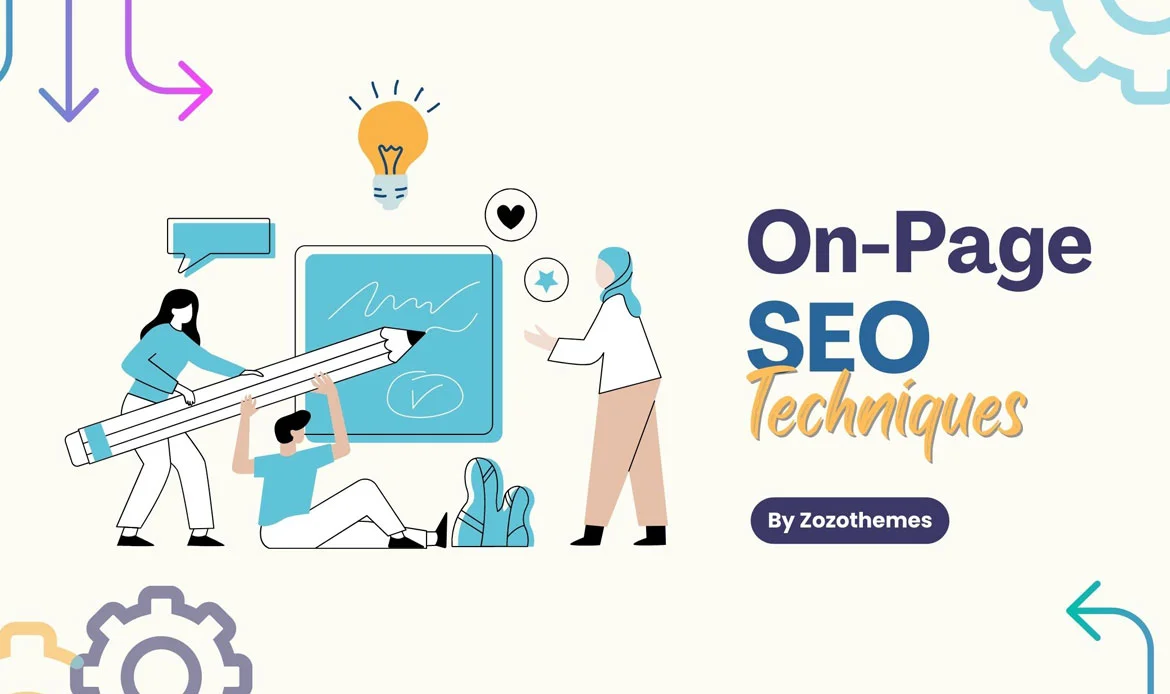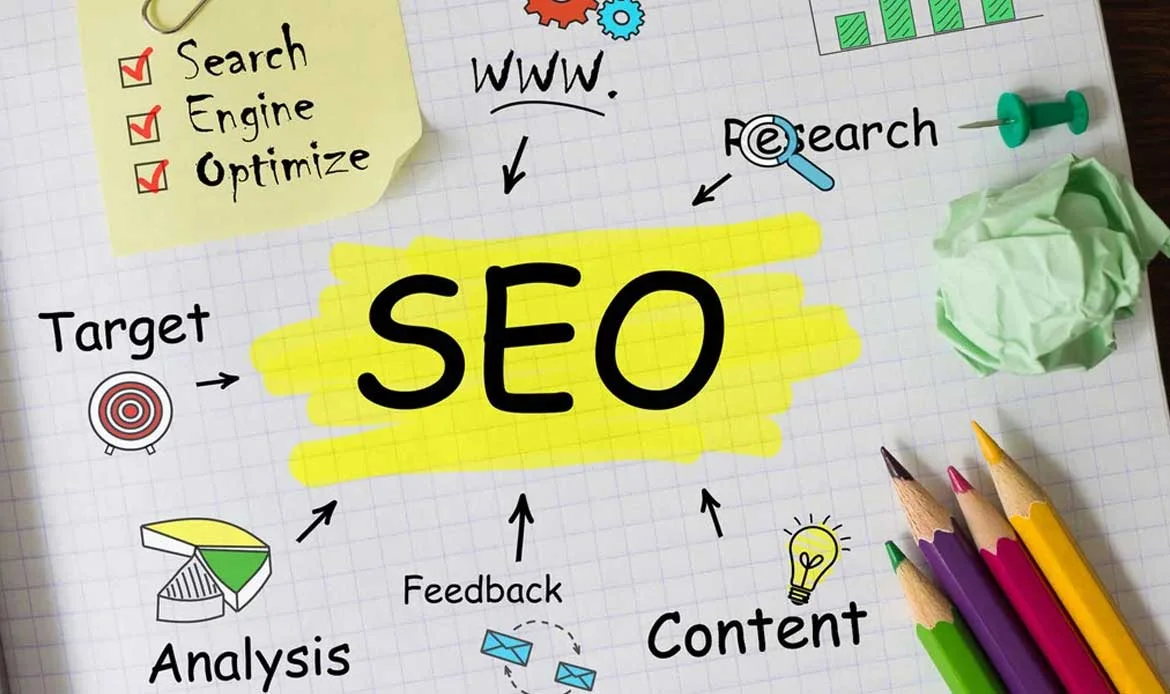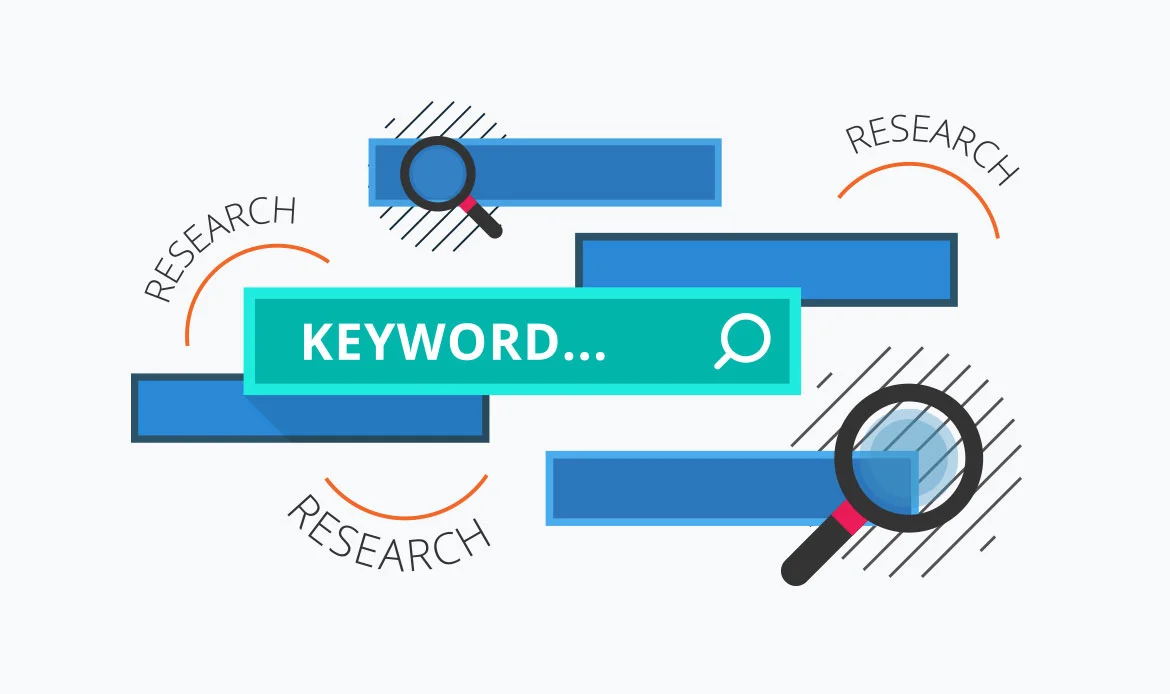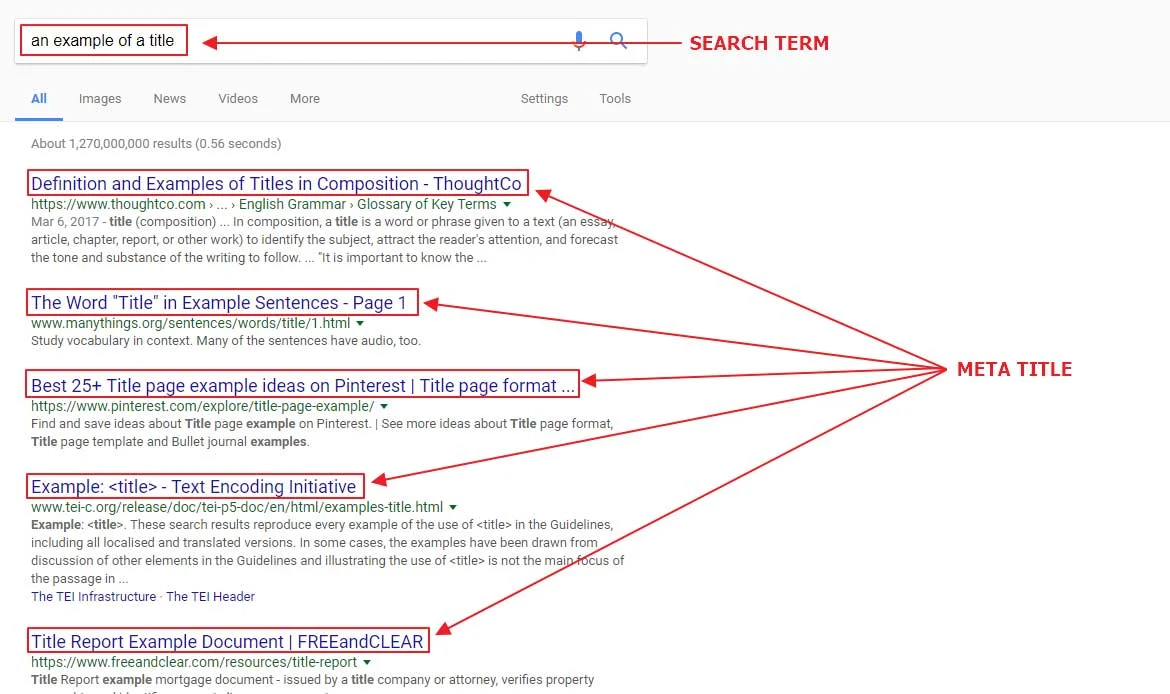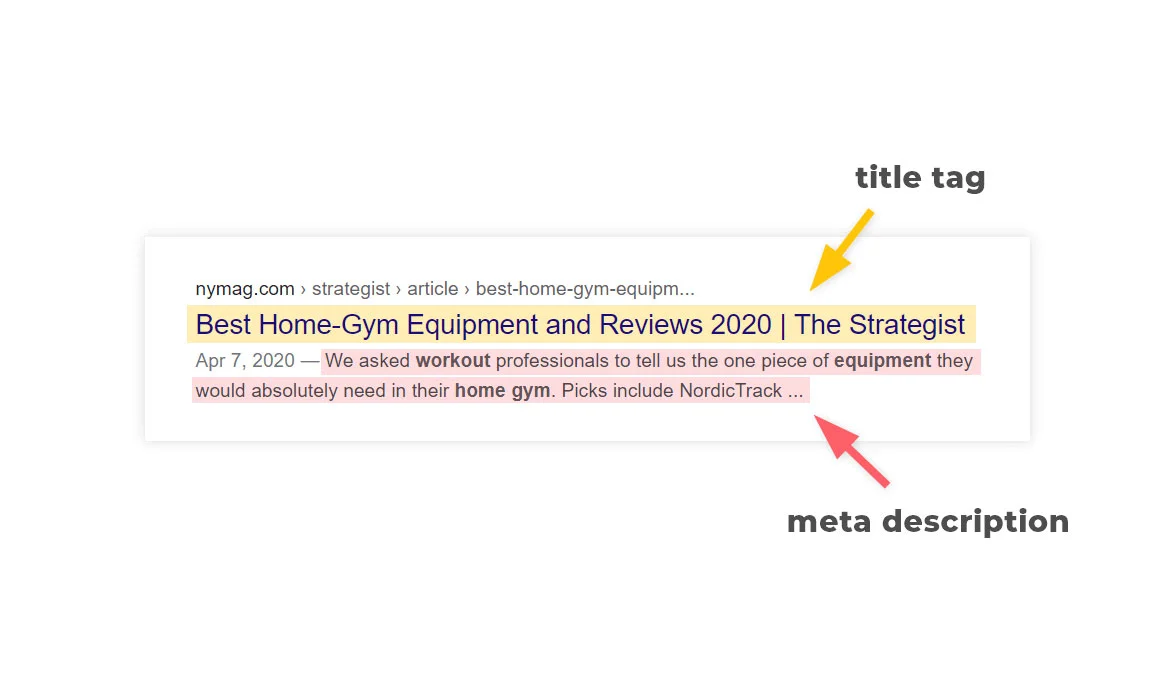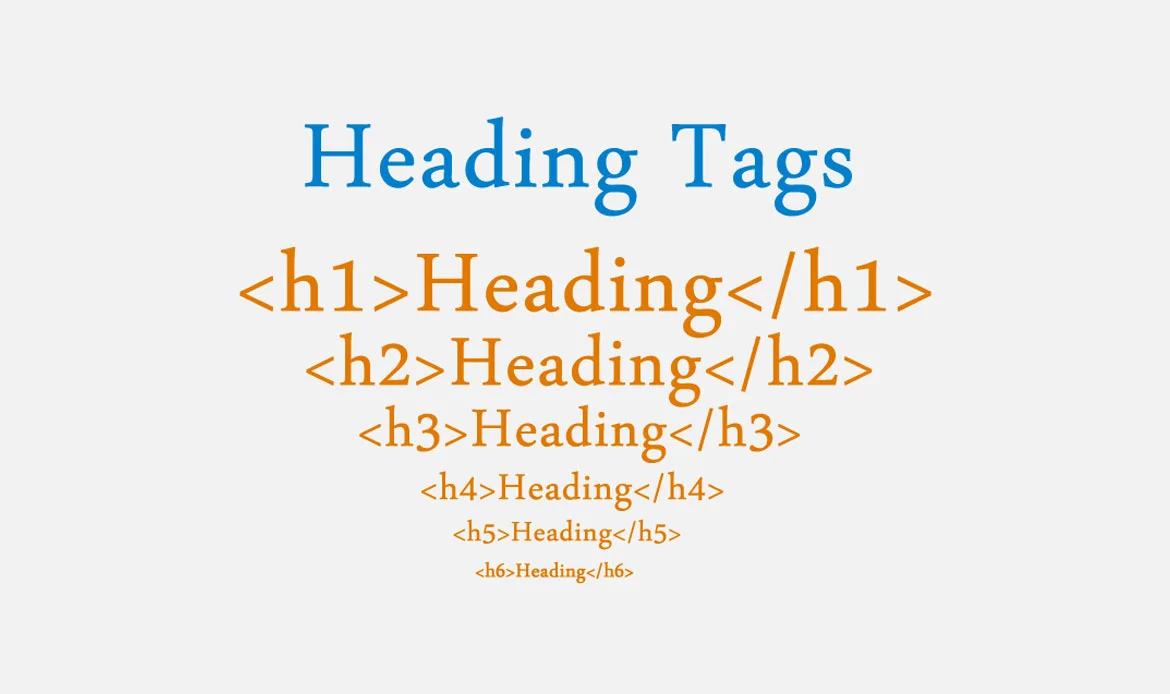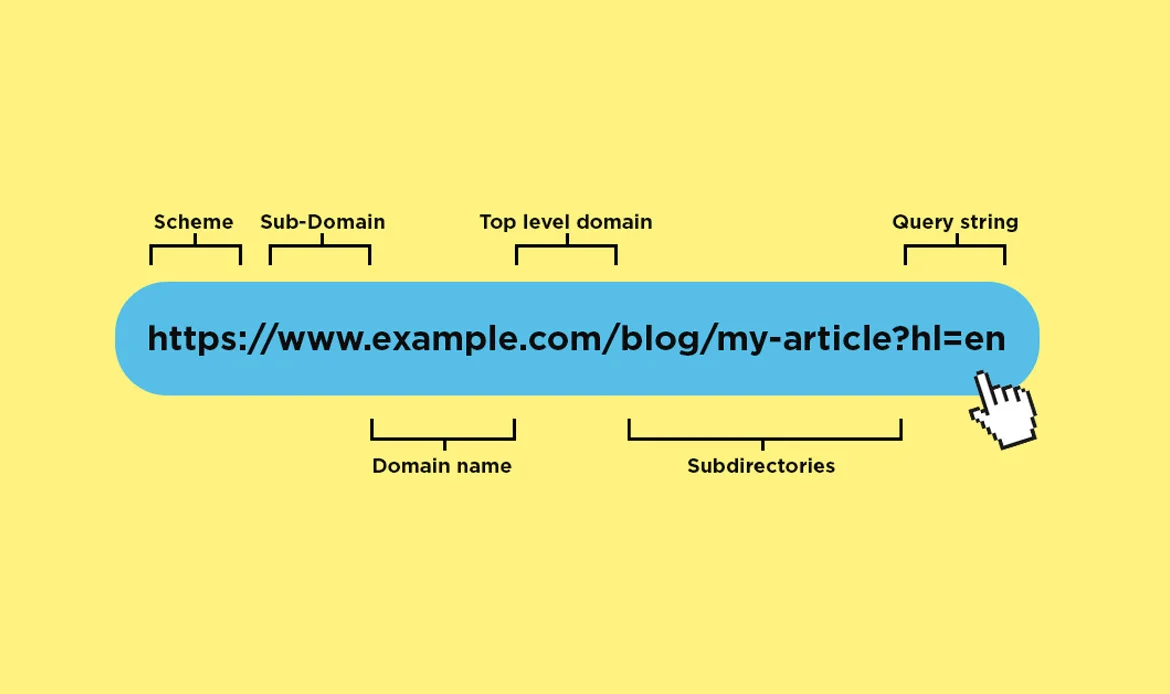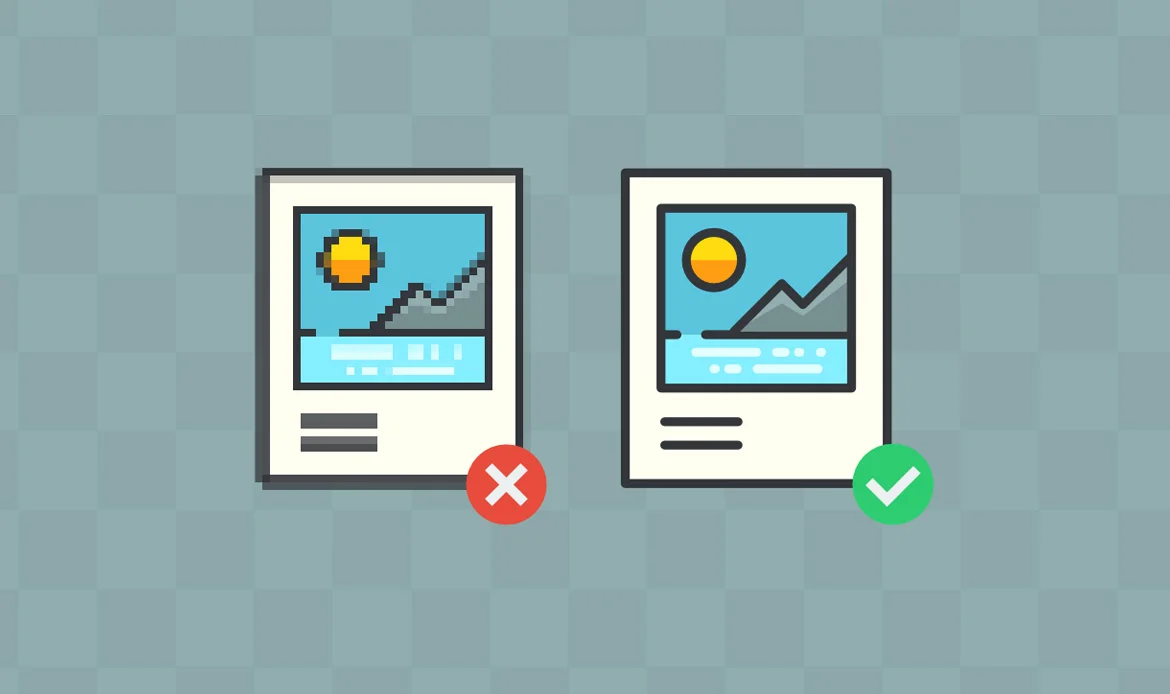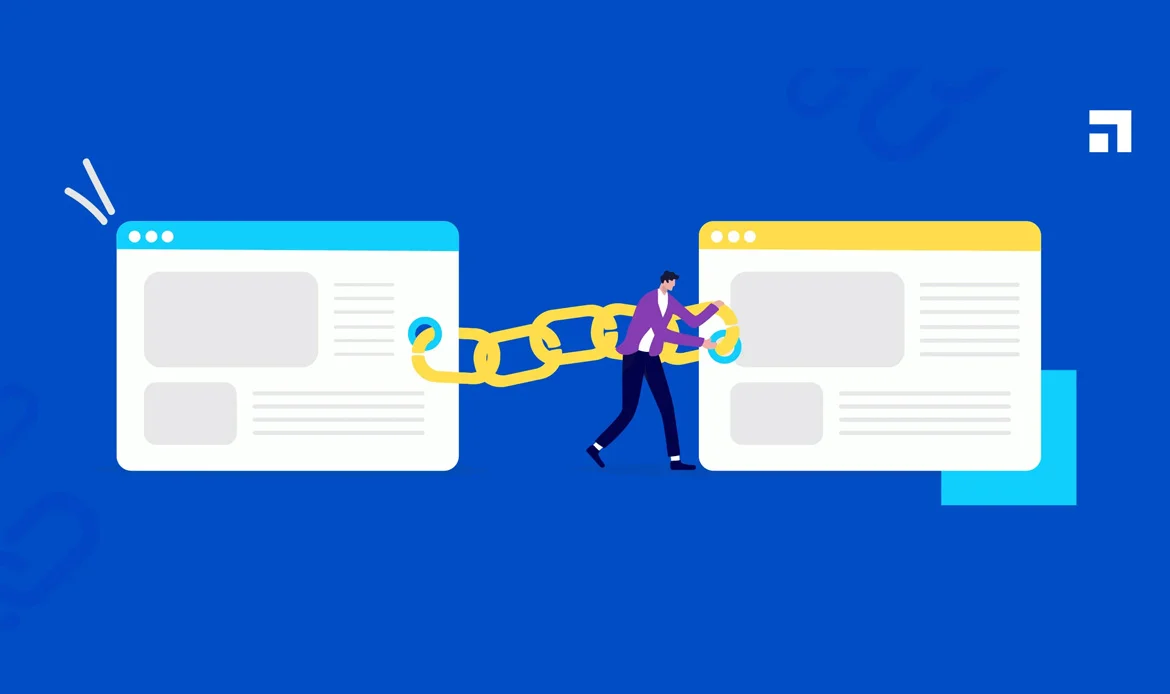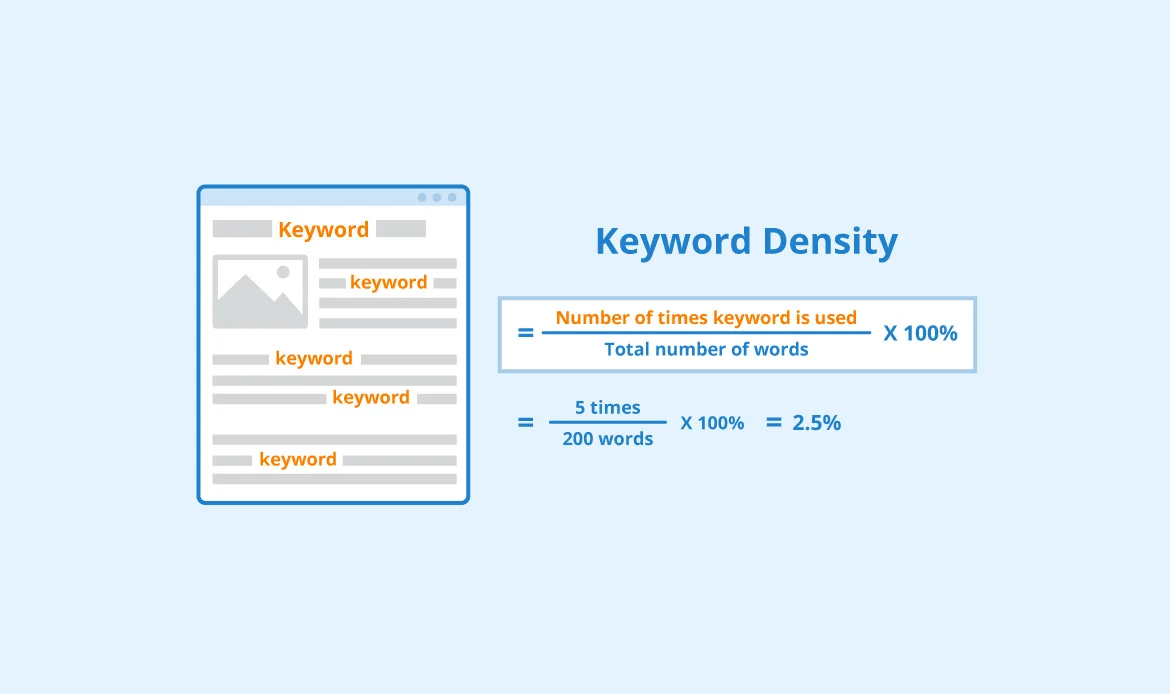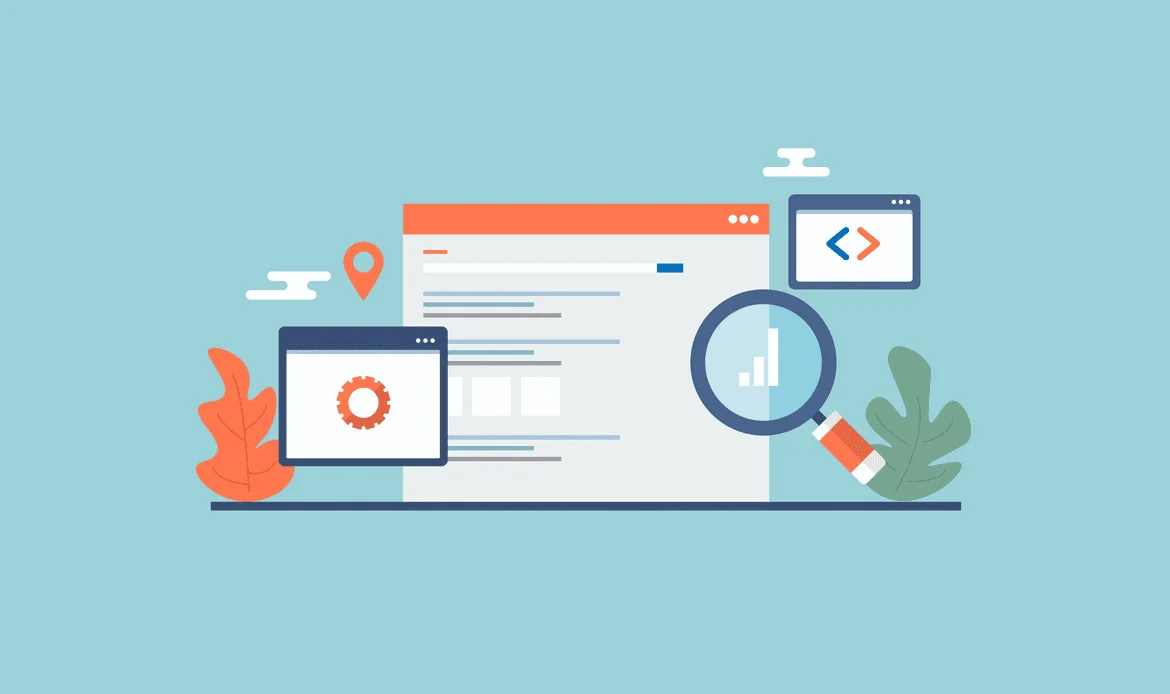Welcome to the digital crossroads where innovation meets visibility! Whether you’re a seasoned webmaster or just embarking on your online journey, understanding and implementing these essential on-page SEO techniques can be the compass guiding your website toward the summit of search engine rankings.
In a world where websites are the storefronts of the digital age, mastering the art of on-page SEO is like crafting the perfect window display to entice every passerby. Picture this: your website not just sitting idly in some forgotten corner of the web, but confidently striding onto center stage, captivating your audience, and leaving competitors in the dust. If you’re ready to harness the power of on-page SEO techniques that can elevate your website’s visibility game, you’re about to embark on a journey that will reshape the way you approach online presence.
Join us as we delve into the dynamic strategies and insider insights that will propel your website towards the spotlight it rightfully deserves.
What is On-page SEO?
On-page SEO, also known as on-site SEO, refers to the practice of optimizing various elements within a webpage to improve its search engine rankings and visibility. These optimization efforts are carried out directly on the web page itself, as opposed to off-page SEO techniques that involve external factors like backlinks and social signals.
The goal of on-page SEO is to make a webpage more appealing to search engines like Google, Bing, and others, so they can better understand the content and context of the page, ultimately resulting in higher organic (unpaid) search rankings. By optimizing on-page elements, you increase the likelihood of your webpage appearing at the top of search results when users search for relevant keywords or phrases.
Why On-page SEO is Important?
On-page SEO is crucial for several reasons, as it directly impacts how well your website performs in search engine rankings and how effectively it attracts organic traffic. Here’s why on-page SEO is so important:
Higher Search Engine Rankings: On-page SEO techniques help search engines understand the content and context of your webpages. By optimizing elements such as keywords, meta tags, and headers, you increase the likelihood of your pages ranking higher in search engine results for relevant queries.
Improved Visibility: Higher search engine rankings lead to greater visibility. When your webpages appear at the top of search results, users are more likely to click on your links, increasing your website’s exposure to a larger audience.
Increased Organic Traffic: A higher ranking in search results means more users will find and visit your website organically, without the need for paid advertising. Organic traffic tends to be more valuable as it is often more targeted and likely to convert.
Enhanced User Experience: On-page SEO involves improving elements such as page speed, mobile-friendliness, and user-friendly URLs. These improvements contribute to a better overall user experience, leading to longer session durations and lower bounce rates.
Relevance to User Intent: On-page SEO focuses on delivering relevant content that meets user intent. When users find what they’re looking for, they are more likely to engage with your website and come back for more.
Competitive Edge: Proper on-page SEO sets your website apart from competitors. When your pages are optimized effectively, you’re more likely to outrank competing websites and capture the attention of potential customers.
Better Click-Through Rates: Optimized title tags and meta descriptions make your search listings more enticing. When users see relevant and well-crafted snippets in search results, they are more likely to click on your link, leading to higher click-through rates.
Long-Term Results: While on-page SEO requires ongoing maintenance and adjustments, the efforts you invest in optimizing your webpages can have lasting effects. Well-optimized pages can continue to attract organic traffic and maintain good search rankings over time.
Targeted Traffic: On-page optimization helps you target specific keywords and phrases that your target audience is searching for. This means the traffic you attract is more likely to be interested in your content, products, or services.
Cost-Effective Strategy: Unlike paid advertising, on-page SEO doesn’t require continuous financial investment to maintain its effects. While it does demand time and effort, the long-term benefits often outweigh the initial investment.
Foundation for Off-Page SEO: On-page SEO provides a solid foundation for off-page SEO strategies, such as building high-quality backlinks. When your on-page elements are optimized, it becomes easier to attract authoritative backlinks from other websites.
In essence, on-page SEO is the cornerstone of a successful digital marketing strategy. It not only helps your website achieve higher search rankings but also contributes to a better user experience, increased organic traffic, and long-term online visibility.
1. Keyword Optimization
Keyword research and optimization are the backbone of effective on-page SEO. They enable your content to align with what users are actively searching for, enhancing your website’s visibility in search results. By integrating carefully selected keywords into your content, titles, headings, and meta tags, you improve your chances of ranking higher on search engine pages.
This targeted approach attracts organic traffic, engages your intended audience, and ensures that your content addresses user needs. Through keyword research, you gain valuable insights into user behavior and trends, enabling you to create content that resonates with your audience and stays ahead of industry shifts. In essence, keyword research and optimization are the keys to unlocking higher search rankings, targeted traffic, and a successful on-page SEO strategy.
2. Quality Content
Quality content refers to creating valuable, comprehensive, and relevant content that serves the needs of your audience. In on-page SEO, quality content is crucial because search engines prioritize delivering the best possible results to users. When your content is well-researched, informative, and engaging, it not only keeps visitors on your page longer but also encourages them to share and link to your content.
High-quality content improves your website’s credibility and authority, which search engines consider when ranking pages. It’s not just about incorporating keywords; it’s about providing answers, solutions, and insights that users seek. Quality content also attracts backlinks naturally, which can positively impact your site’s off-page SEO.
In essence, quality content in on-page SEO is the driving force behind user satisfaction, search engine visibility, and long-term success in the digital landscape. Providing valuable, relevant, and comprehensive content that addresses user queries and needs. High-quality content tends to attract more visitors, keep them engaged, and encourage them to spend more time on the page.
3. Title Tags
Title tags hold significant importance in on-page SEO. These are the concise, clickable headlines that appear in search engine results and browser tabs when users access your page. Incorporating relevant keywords into title tags not only informs search engines about your content’s topic but also entices users to click through to your webpage.
Well-optimized title tags improve your page’s visibility in search results, as search engines consider them a key ranking factor. They serve as a concise preview of your content’s relevance to users’ queries. Crafting compelling title tags that accurately reflect your content and include targeted keywords increases the likelihood of attracting organic traffic and improving click-through rates.
In summary, keyword-rich title tags are essential for signaling content relevance to search engines and enticing users to explore your webpage, making them a vital element in on-page SEO strategies.
4. Meta Descriptions
Meta descriptions are concise summaries that provide users with a glimpse of what your webpage offers. While they don’t directly impact search engine rankings, they play a crucial role in on-page SEO by influencing click-through rates.
By incorporating relevant keywords into your meta descriptions, you enhance the chances of your page appearing in search results for specific queries. A well-crafted meta description not only informs users about your content but also entices them to click on your link. This can lead to increased organic traffic as users find your page more relevant to their needs.
In essence, keyword-optimized meta descriptions serve as your content’s advertising snippet, helping you attract the right audience and encouraging them to explore your webpage, thus contributing to the success of your on-page SEO efforts.
5. Header Tags
Header tags are providing structure and hierarchy to your content. These tags (H1, H2, H3, etc.) break down your content into meaningful sections, making it more organized and user-friendly.
Header tags also hold importance for search engines, as they help these algorithms understand the content’s structure and context. Including relevant keywords in your header tags can indicate the main themes of your content to search engines, potentially boosting your page’s visibility in search results.
Optimizing header tags improves both user experience and search engine recognition. Users can quickly scan and understand your content’s flow, while search engines grasp your content’s key points. This dual benefit makes keyword-rich header tags a valuable aspect of effective on-page SEO strategies.
6. URL Structure
URL structure is a pivotal element of on-page SEO that impacts both user experience and search engine visibility. It refers to the format of your webpage’s web address or URL. Including relevant keywords in your URL structure not only makes it more user-friendly but also provides search engines with valuable information about your content.
A well-optimized URL structure should be concise, descriptive, and reflective of your page’s topic. When users and search engines see a URL that includes keywords related to the content, it enhances the overall understanding of what the page is about. This can contribute to improved search engine rankings and higher click-through rates.
In essence, incorporating keywords into your URL structure is a strategic approach that aligns with both user expectations and search engine algorithms, making your webpage’s on-page SEO more effective and accessible.
7. Image Optimization
Image optimization holds significance in on-page SEO as it goes beyond visual appeal to enhance the overall performance and search engine visibility of your webpage. This process involves optimizing images by providing descriptive filenames and adding alternative text (alt text) that accurately describes the image’s content.
Including relevant keywords in your image filenames and alt text helps search engines understand the context of your images, as they can’t interpret images in the same way humans can. This, in turn, improves your page’s accessibility and search engine rankings. Additionally, optimized images lead to faster page loading times, which contributes to a better user experience and can positively impact SEO.
By prioritizing image optimization and incorporating keywords, you ensure that your webpage is not only visually appealing but also informative and discoverable by search engines, aligning with the goals of on-page SEO strategies.
8. Internal Linking
Internal linking is a vital aspect of on-page SEO that involves linking to other pages within your own website. By strategically using keywords as anchor text for these links, you create a network of interconnected content that benefits both users and search engines.
Internal linking helps users navigate your website, guiding them to related or relevant content they might be interested in. This can lead to increased engagement and longer time spent on your site. From an SEO perspective, internal links distribute “link equity” throughout your website, boosting the authority of linked pages and enhancing their potential to rank higher in search results.
By incorporating keywords into your internal linking strategy, you’re making it easier for search engines to understand the relationships between your pages and the topics they cover. This strengthens your on-page SEO efforts, improves user experience, and contributes to the overall navigability and authority of your website.
9. User Experience (UX):
User experience (UX)” is a critical factor in on-page SEO that focuses on creating a positive and seamless interaction between users and your website. It encompasses various elements, including page load speed, mobile responsiveness, navigation, and overall design.
Keyword optimization directly impacts UX by ensuring that your content aligns with user intent. When users find content that matches their search queries, they are more likely to engage with your website. Additionally, a well-structured content hierarchy with proper header tags aids in easy navigation and comprehension, enhancing user experience.
Search engines consider user experience when ranking webpages. Slow-loading pages, confusing navigation, or non-mobile-friendly designs can lead to higher bounce rates, negatively affecting your rankings. Therefore, prioritizing keyword-aligned content, efficient navigation, and responsive design contributes not only to better user engagement but also to improved on-page SEO performance.
10. Keyword Density:
Keyword density” is a concept in on-page SEO that refers to the frequency at which a specific keyword appears in a piece of content relative to the total number of words. While it’s important to include keywords naturally for search engine recognition, overusing them can lead to “keyword stuffing,” which negatively impacts user experience and search engine rankings.
Maintaining an appropriate keyword density is essential because it ensures that your content remains readable, engaging, and relevant to both users and search engines. Striking the right balance allows your content to rank well for target keywords without compromising its overall quality. Keyword density considerations are part of crafting content that not only aligns with on-page SEO goals but also resonates with your audience.
Using keywords naturally and avoiding overstuffing, as excessive use of keywords can negatively impact the user experience and search engine rankings.
11. Schema Markup:
Schema markup is a powerful tool in on-page SEO that involves adding structured data to your webpage’s HTML code. This markup provides search engines with additional context about the content on your page, helping them understand the meaning and relationships of different elements.
By incorporating schema markup, you can enhance your search listings with rich snippets, which are visually more appealing and informative. This can include star ratings, event dates, product prices, and more, depending on the type of content. Rich snippets not only make your listings stand out in search results but also increase click-through rates and user engagement.
Using schema markup effectively aligns with keyword optimization by providing search engines with a clearer understanding of the content’s context. It’s a tool that bridges the gap between human understanding and search engine algorithms, making your content more visible and valuable to both users and search engines, thereby boosting your on-page SEO efforts.
12. Outbound Links:
Outbound links play a crucial role in on-page SEO by connecting your content to other reputable and authoritative sources on the internet. These external links provide additional context and credibility to your content, enhancing its value to both users and search engines.
When you include relevant outbound links, you demonstrate a willingness to provide comprehensive and accurate information to your audience. Search engines recognize this effort and may view your content as more trustworthy, which can positively influence your rankings. Additionally, outbound links can establish your website as a hub of valuable resources, encouraging users to return for more insights.
Keyword-optimized anchor text in outbound links can further enhance the relevance of your content and its connection to the linked source. This synergy between your content, the keywords, and the authoritative resources contributes to a more robust on-page SEO strategy, positioning your website as a reliable and valuable source of information.
Frequently Asked Questions About On-Page SEO
What are the most effective on-page SEO techniques for improving website visibility?
The most effective on-page SEO techniques include optimizing title tags and meta descriptions, using header tags properly, improving page load speed, creating high-quality keyword-focused content, and adding internal links to guide both users and search engines through your site.
How does content optimization impact on-page SEO performance?
Content optimization plays a crucial role in on-page SEO by ensuring your text aligns with target keywords, provides valuable information to users, and maintains readability. Search engines prioritize well-structured, relevant, and informative content, boosting your website’s rankings.
Why is mobile optimization important for on-page SEO success?
Mobile optimization is essential because a large percentage of users access websites from mobile devices. A responsive design enhances user experience, reduces bounce rates, and helps improve your search engine rankings, as Google prioritizes mobile-friendly sites.
Conclusion
As we wrap up this journey through the realm of on-page SEO techniques, it’s clear that the path to heightened website visibility is both an art and a science. By now, you’ve equipped yourself with an arsenal of strategies that can transform your website from a digital whisper to a resounding online presence.
Remember, the world of SEO is ever-evolving, so staying attuned to the latest trends and updates is key. Regularly audit your website, monitor your rankings, and fine-tune your strategies accordingly. Your dedication to mastering on-page SEO will undoubtedly pay off as your website climbs the ranks, attracts more organic traffic, and engages your audience in ways you once only dreamed of.
Enhance Your Website Visibility with On-Page SEO
Boost your search rankings by mastering on-page SEO essentials like keyword placement, optimized headings, and fast-loading pages. With Zozothemes
, select premium WordPress themes built for SEO, speed, and mobile responsiveness — giving your website the perfect foundation to attract more visitors and improve visibility online.

